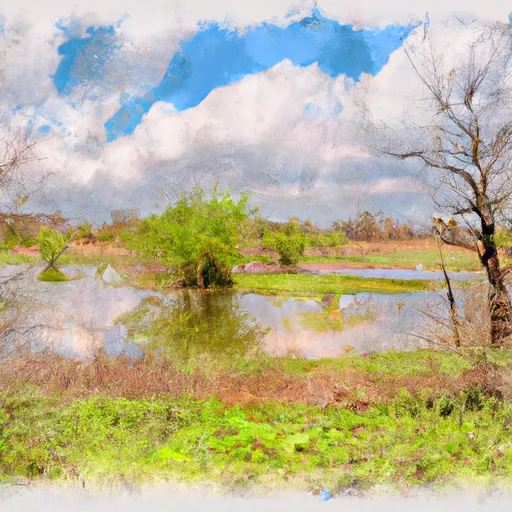°F
°F
mph
Windspeed
%
Humidity











Dawson, Texas is a small town located in Navarro County. The climate in Dawson is characterized by hot summers and mild winters, with an average annual precipitation of 39 inches. The town is situated near Richland Creek, which is part of the Trinity River watershed. The hydrology constituents of the area include sediment, nutrients, and pesticides. Outdoor recreation opportunities in Dawson include fishing in Richland Creek and nearby Lake Richland Chambers, as well as hunting and camping in the surrounding forests. Additionally, the town has several parks and trails for hiking and biking.
Weather Forecast
Dawson receives approximately 971mm of rain per year, with humidity levels near 84% and air temperatures averaging around 19°C. Dawson has a plant hardyness factor of 8, meaning plants and agriculture in this region tend to thrive here all year round.
Regional Streamflow Levels
2
Cubic Feet Per Second
6
Cubic Feet Per Second
42
Cubic Feet Per Second
1,020
Cubic Feet Per Second
Nearby Camping
| Camping Area | Reservations | Toilets | Showers |
|---|---|---|---|
| Rocky Creek - Lake Somerville | |||
| Fort Parker State Park | |||
| Yegua Creek - Lake Somerville | |||
| Welch Park - Somerville | |||
| Overlook - Lake Somerville | |||
| Nails Creek - Lake Somerville State Park |



